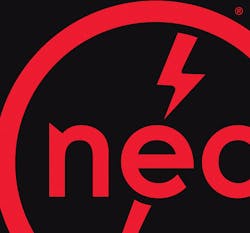Methods of Equipment Grounding, Part 3
So how do you “ground” (bond) a receptacle? You’ll find the answer in these Sections of the NEC: 250.146 and 250.146(A), (B), (C), and (D). One way you can’t do it is to drive a ground rod and run a wire over to the receptacle. And that’s because you’re not actually “grounding” (see Art. 100 definition of “ground”) the receptacle.
In fact, 250.146 says to use an equipment bonding (not grounding) jumper to connect the “grounding” terminal of a grounding-type receptacle to a “grounded” box unless the box is “grounded” per one of (A) through (D). Size the bonding jumper per Table 250.122 based on the rating of the overcurrent device protecting the circuit conductors.
Let’s look at the gist of the requirements for a surface mounted box [250.146(A)]; the other methods of “grounding” are for contact devices (or yokes), floor boxes, and isolated ground receptacles [250.146(B), (C), and (D) respectively].
You need direct metal-to-metal contact between the device yoke and the box. To get that [if the yoke or contact device does not comply with 250.146(B)], remove one of the insulating washers.
